
How to Use Red_Panel_Mount_4mm_Banana_Socket: Examples, Pinouts, and Specs
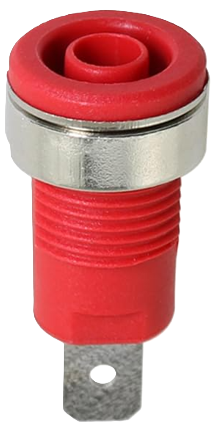
 Design with Red_Panel_Mount_4mm_Banana_Socket in Cirkit Designer
Design with Red_Panel_Mount_4mm_Banana_Socket in Cirkit DesignerIntroduction
The Red Panel Mount 4mm Banana Socket is a robust connector designed for the quick and reliable connection and disconnection of electrical circuits using banana plugs. These sockets are commonly used in electronic test equipment, audio applications, and in educational settings for their ease of use and secure connection.
Explore Projects Built with Red_Panel_Mount_4mm_Banana_Socket
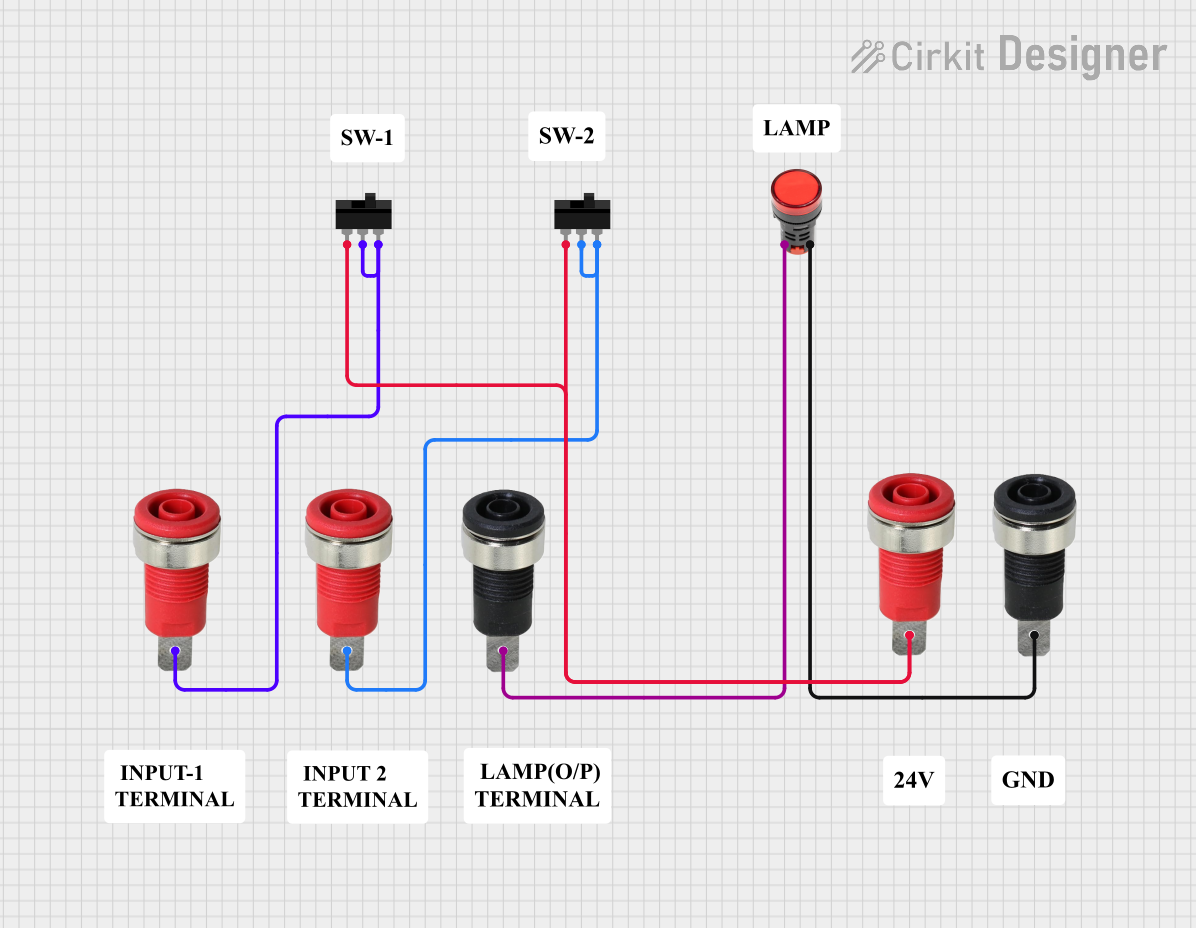
 Open Project in Cirkit Designer
Open Project in Cirkit Designer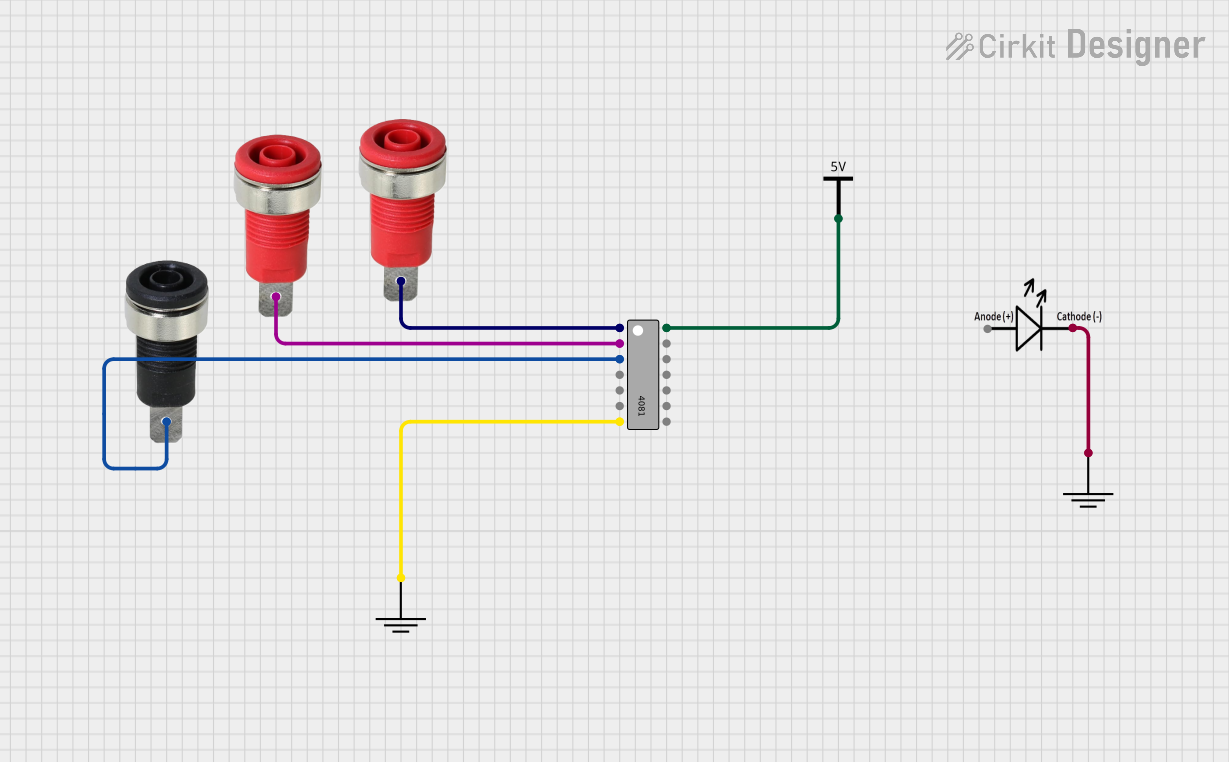
 Open Project in Cirkit Designer
Open Project in Cirkit Designer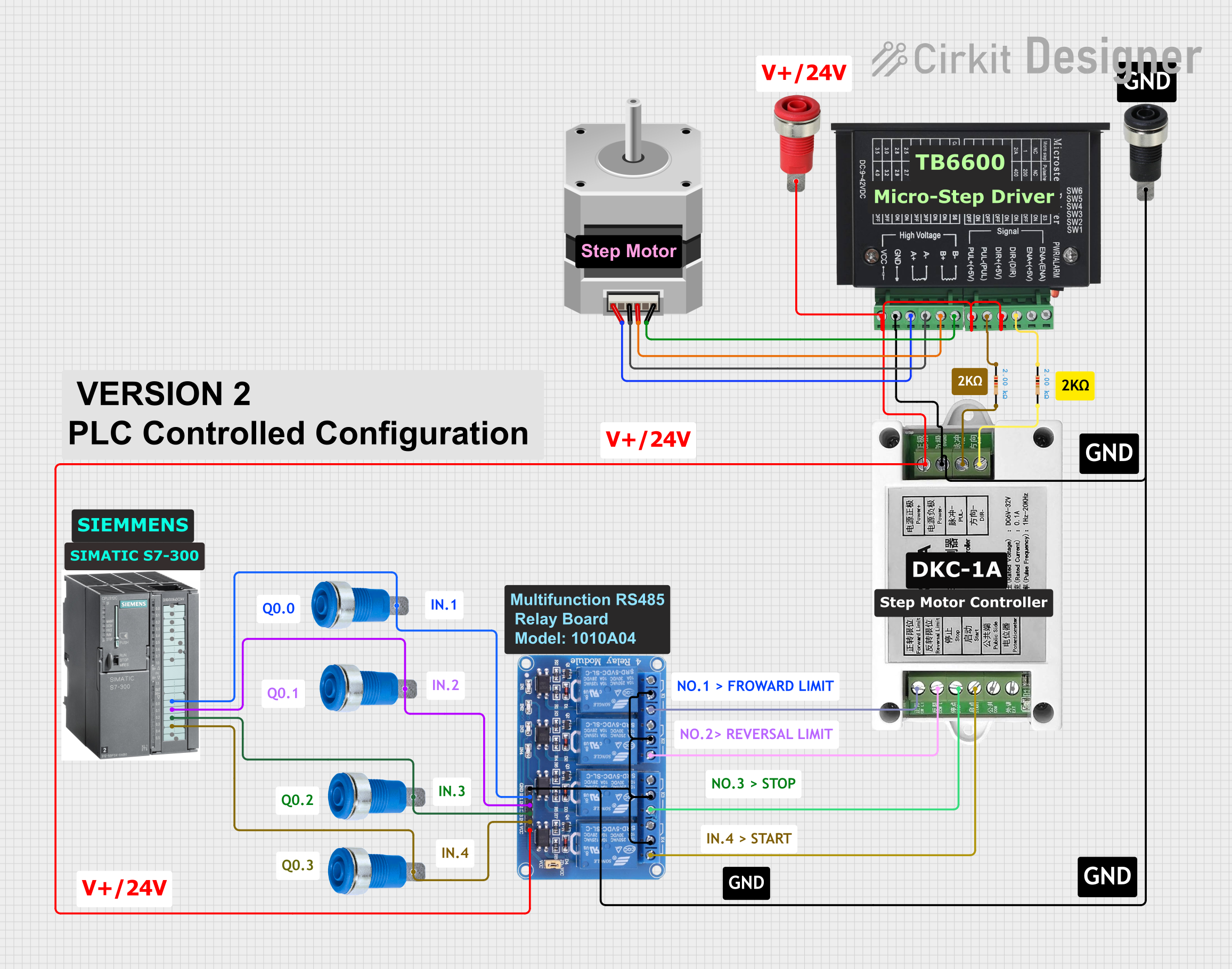
 Open Project in Cirkit Designer
Open Project in Cirkit Designer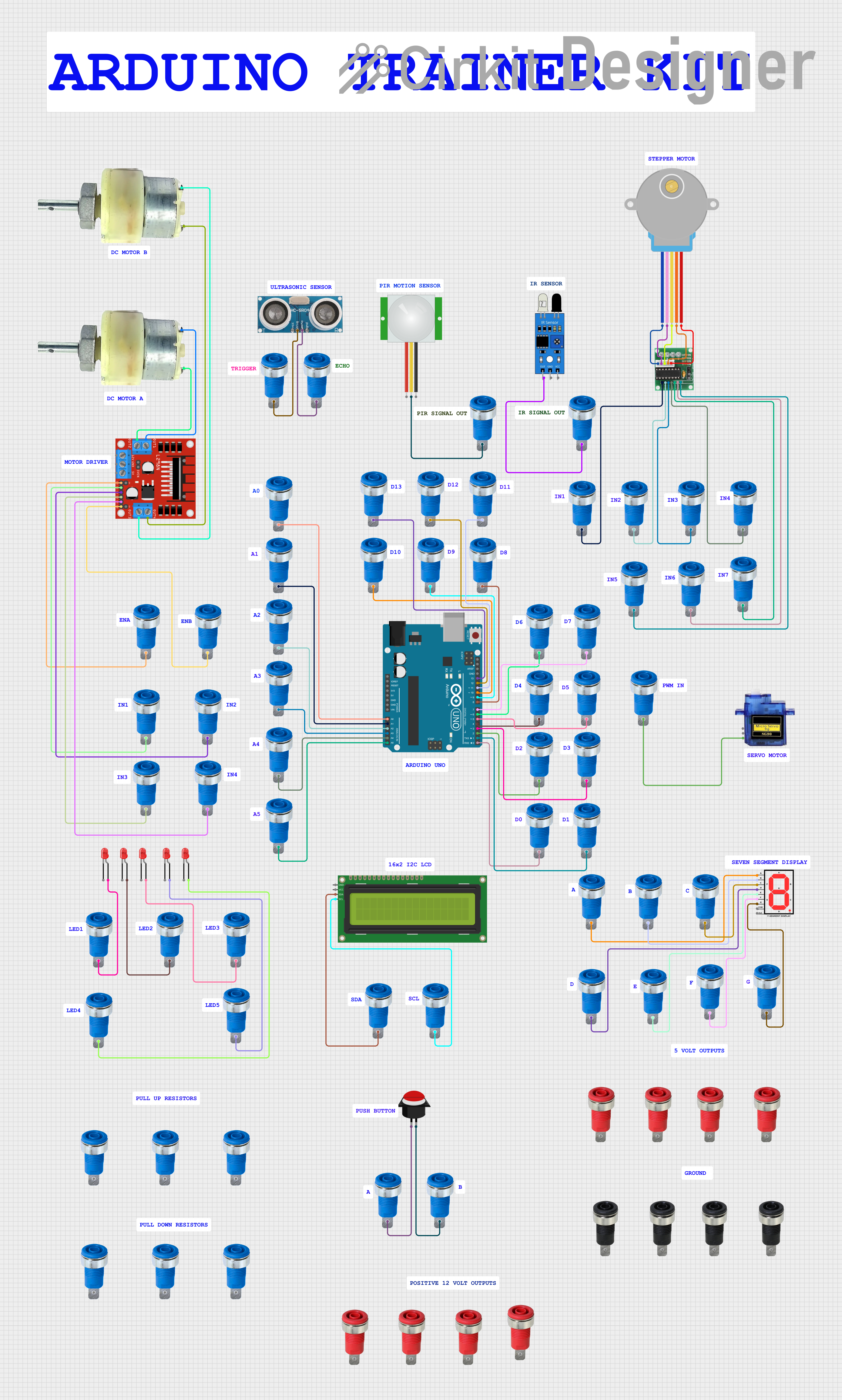
 Open Project in Cirkit Designer
Open Project in Cirkit DesignerExplore Projects Built with Red_Panel_Mount_4mm_Banana_Socket

 Open Project in Cirkit Designer
Open Project in Cirkit Designer
 Open Project in Cirkit Designer
Open Project in Cirkit Designer
 Open Project in Cirkit Designer
Open Project in Cirkit Designer
 Open Project in Cirkit Designer
Open Project in Cirkit DesignerCommon Applications and Use Cases
- Electronic test and measurement equipment
- Audio equipment connections
- Educational laboratory setups
- Power supplies
Technical Specifications
Key Technical Details
- Rated Voltage: Up to 60V DC
- Rated Current: Up to 32A
- Contact Resistance: Typically less than 5 milliohms
- Insulation Resistance: Greater than 10M ohms at 500V DC
- Socket Diameter: 4mm, compatible with standard banana plugs
- Mounting Hole Diameter: Typically 8mm to 12mm
- Material: High-quality brass and plastic for insulation
- Color: Red (often used to denote the positive terminal)
Pin Configuration and Descriptions
| Pin Number | Description | Notes |
|---|---|---|
| 1 | Positive Connection | Connect to the positive circuit |
Note: The banana socket typically has a single connection point as it is designed to mate with a single banana plug.
Usage Instructions
How to Use the Component in a Circuit
Mounting the Socket:
- Drill a hole in the panel with the diameter specified by the socket's datasheet.
- Insert the banana socket into the hole from the front side of the panel.
- Secure the socket in place using the provided nut by threading it onto the socket from the backside of the panel.
Connecting to a Circuit:
- Solder the wire coming from the positive side of your circuit to the terminal on the back of the banana socket.
- Ensure a good quality solder joint for reliable electrical connection and to prevent any potential disconnection or high resistance.
Using with Banana Plugs:
- Insert the banana plug into the socket until it is fully seated and a secure connection is made.
Important Considerations and Best Practices
- Always ensure the socket is mounted securely to prevent any movement that could cause intermittent connections.
- Verify that the voltage and current ratings of the socket are not exceeded by the application.
- Use a heat shrink tube or insulating material to cover the exposed soldered area to prevent short circuits.
- When used in audio applications, maintain proper polarity to ensure correct phasing of audio signals.
Troubleshooting and FAQs
Common Issues Users Might Face
- Loose Connections: If the banana plug feels loose within the socket, check for wear and tear or damage to the socket.
- Intermittent Signal: Ensure that the solder joint on the terminal is secure and that there is no movement in the mounted socket.
- Overheating: If the socket is running hot, ensure that the current rating is not being exceeded.
Solutions and Tips for Troubleshooting
- Tightening the Mount: If the socket becomes loose, tighten the nut on the backside of the panel.
- Resoldering Connections: If the connection is intermittent, reflow the solder joint to ensure a solid connection.
- Current Check: Use a multimeter to check the current flowing through the socket and ensure it is within the specified limits.
FAQs
Q: Can I use this socket for AC applications?
- A: Yes, but ensure that the voltage rating is not exceeded and that it is appropriate for the frequency of the AC signal.
Q: Is it necessary to use red sockets for positive and black for negative?
- A: While not necessary, it is a standard practice to use red for positive and black for negative to avoid confusion and potential misconnections.
Q: Can the banana socket be used for high-frequency applications?
- A: The socket can be used for moderate frequencies, but it may not be suitable for very high-frequency applications due to potential impedance mismatches.
Note: This documentation is provided for informational purposes and does not replace professional advice. Always consult an expert if you are unsure about working with electrical components.